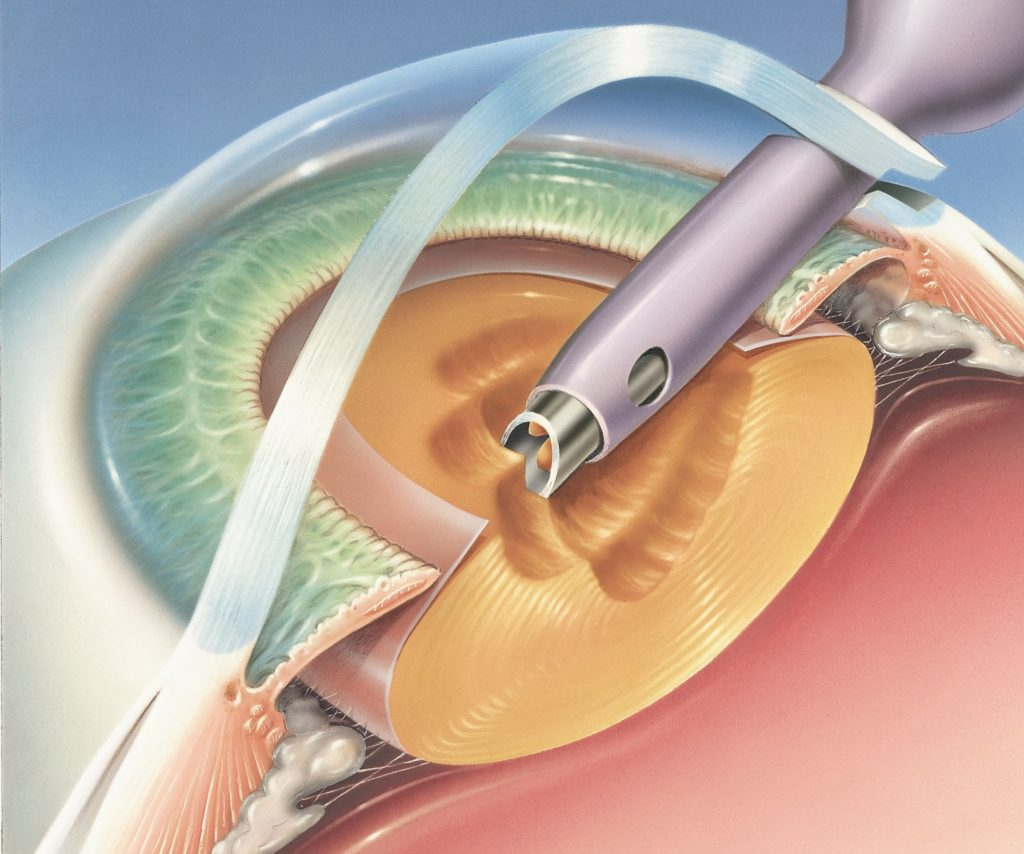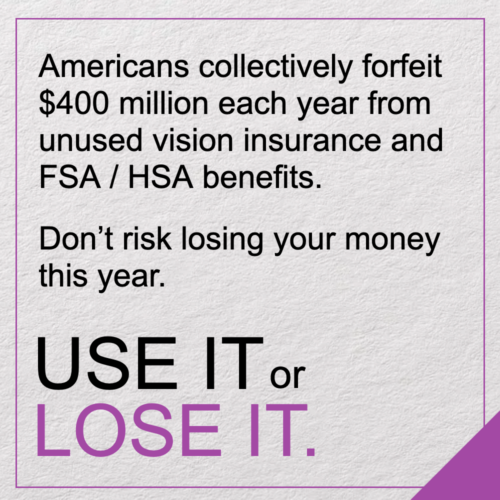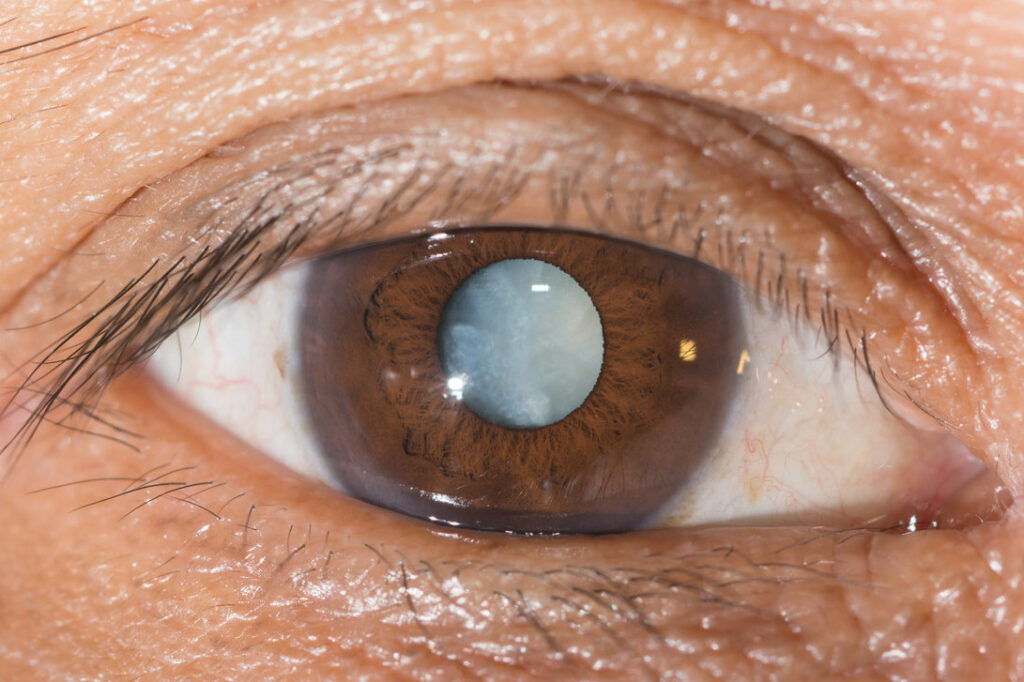What Are Cataracts?
Cataracts are a common eye condition that causes the lens of the eye to become cloudy, leading to blurred or impaired vision. The lens is normally clear, allowing light to pass through and focus on the retina, but cataracts disrupt this process by scattering the light, making it harder to see clearly. Cataracts are a normal part of aging and can occur gradually, often starting as a minor inconvenience but potentially leading to significant vision problems if left untreated which require cataract surgery.
There are several types of cataracts, each with distinct characteristics:
- Nuclear Cataracts: These cataracts develop in the central zone (nucleus) of the lens. They typically cause a gradual yellowing or browning of vision, making it harder to see clearly, particularly in low light or while driving at night.
- Cortical Cataracts: These cataracts start at the edges of the lens and slowly move toward the center. They can cause problems with glare and difficulty with contrast, especially in bright light or sunlight.
- Posterior Subcapsular Cataracts: These cataracts form at the back of the lens and can develop rapidly. They often cause difficulty with reading, seeing in bright light, and increased glare around lights at night.
- Congenital Cataracts: Some people are born with cataracts or develop them during childhood. These may not always affect vision immediately but can be removed if they interfere with sight.
How Eye Doctors Evaluate Cataracts
The process of determining whether you need cataract surgery begins with a thorough eye exam by an optometrist or ophthalmologist. The doctor will assess the severity and progression of the cataracts, as well as the overall health of your eyes. The evaluation typically includes the following steps:
Contrast Sensitivity Test: This test measures your ability to differentiate between different shades of light and dark, which can be affected by cataracts. If your contrast sensitivity is reduced, it may indicate the need for surgery.
Visual Acuity Test: This is a standard eye chart test that measures how well you can see at different distances. Cataracts often reduce your visual sharpness, making it harder to see clearly, even with corrective lenses.
Slit-Lamp Examination: The slit lamp is a specialized microscope that allows the doctor to examine the different structures of the eye, including the lens. By using bright light, the doctor can detect the presence and extent of cataracts.
Retinal Exam: The eye doctor may dilate your pupils to get a better look at the back of your eye, including the retina. This is important for ruling out other causes of vision loss, such as macular degeneration or retinal disease, which can coexist with cataracts.
Glare Testing: Since cataracts can cause significant problems with glare, especially when driving at night, the doctor may perform a glare test to assess how much the cataracts are affecting your ability to see in bright conditions.

How Are Cataracts Graded?
Cataracts are graded based on their size, location, and how much they affect vision. The grading scale helps eye doctors determine how advanced the cataracts are and whether surgery is necessary.
- Mild Cataracts: At this stage, the cataracts are present but may not significantly impact your vision. You may notice slight changes in clarity or color perception, but glasses or stronger lighting may be enough to improve your sight.
- Moderate Cataracts: Cataracts in this category begin to affect daily activities, such as reading, driving, or working on a computer. Glare and halos around lights may become more pronounced, especially at night.
- Severe Cataracts: At this point, the cataracts significantly impair your vision, even with corrective lenses. You may find it challenging to perform tasks like reading, driving, or recognizing faces. Cataract surgery is typically recommended at this stage.
- Mature Cataracts: In rare cases, cataracts can advance to a stage where the lens becomes entirely opaque, severely impairing vision. This is considered an emergent situation and surgery is urgent to restore sight and prevent complications such as the lens capsule breaking, causing severe inflammation or glaucoma.
When is Cataract Surgery Necessary?
Cataract surgery is often necessary when your vision has deteriorated to the point where it affects your daily life, and other corrective measures like glasses or contact lenses are no longer sufficient. Common signs that cataract surgery may be needed include:
- Blurry or Cloudy Vision: If your vision remains blurry or cloudy despite wearing corrective lenses, cataracts could be the cause.
- Increased Sensitivity to Glare: If you find it difficult to drive at night or see in bright light due to increased glare or halos around lights, this may be a sign that your cataracts are progressing.
- Difficulty with Daily Activities: If cataracts are interfering with tasks like reading, watching television, driving, or working, it’s time to consider surgery.
- Frequent Prescription Changes: If you notice that your prescription for glasses or contacts is changing frequently, it may indicate that the cataracts are worsening.
Ultimately, the decision to undergo cataract surgery is based on how much your vision problems are affecting your quality of life. If you’re finding it harder to complete everyday tasks, it’s essential to consult your eye doctor to discuss whether surgery is the best option.
Vision and Glare Issues That Progress Over Time
Cataracts don’t appear overnight; they develop gradually over time. Early-stage cataracts may not cause noticeable symptoms, but as they progress, vision problems become more evident. One of the most common complaints is difficulty seeing clearly, especially in bright environments. Glare from headlights while driving at night is often one of the first symptoms of cataracts, and it can become more severe as the cataracts worsen.
Patients may also notice that their vision becomes more yellowed or faded, making it difficult to differentiate between colors. This is due to the gradual discoloration of the lens, which causes everything to appear dimmer or more washed out.
The Cataract Surgery Process
Cataract surgery is one of the most common and successful procedures performed in the world. The process itself is relatively simple, but it requires thorough preparation and follow-up care to ensure the best possible outcome.
Pre-Op Exams and Preparation: Before the surgery, your eye doctor will conduct several pre-operative exams to evaluate the health of your eyes and plan for the procedure. These exams may include measuring the size and shape of your eye to determine the correct lens implant (intraocular lens or IOL) needed. Your doctor will also discuss your vision goals and any specific concerns you may have, such as reducing your dependency on glasses after the surgery.
You’ll need to follow a few guidelines before surgery, such as using prescribed eye drops to reduce the risk of infection and inflammation. Your doctor may also advise you to avoid certain medications and food before the procedure.
The Surgery: During the surgery, the interior of the cloudy lens is removed and replaced with a clear artificial lens (IOL). The procedure usually takes about 15 minutes and is done under local anesthesia, so you’ll be awake but won’t feel any pain. There are several types of IOLs available, including monofocal spherical IOLs, which correct vision at one distance, toric IOLs which correct astigmatism, or multifocal or accommodating IOLs, which can reduce the need for glasses by improving vision at multiple distances.
Post-Op Care and Recovery: After the surgery, you’ll need to rest for a few hours before going home. It’s essential to avoid strenuous activity and to use the prescribed eye drops to reduce inflammation and prevent infection. Most patients notice an improvement in their vision within a few days, but complete recovery can take several weeks. Most patients report they can drive within 2-3 days after surgery.
Your doctor will schedule follow-up 1 day, 1 week, 1 month, and sometimes 3 month follow up exams to monitor your healing and ensure that the new lens is functioning correctly. During the recovery period, you should avoid rubbing your eyes, lifting heavy objects, or engaging in activities that could strain your eyes.
Healing Time After Cataract Surgery
Cataract surgery typically has a fast recovery time, with most patients resuming normal activities within a few days. However, it’s essential to follow your doctor’s post-operative care instructions carefully to ensure a smooth recovery. You may experience some mild discomfort, itching, or sensitivity to light in the days following the surgery, but these symptoms should subside as your eyes heal.
Most patients can return to work and other daily activities within a week, but it’s important to avoid strenuous exercise, swimming, or exposure to dusty environments for at least a week. Complete healing can take several weeks, and your vision will continue to improve over time as your eyes adjust to the new lens.
Cataract Surgery Can Restore Your Vision
Cataracts are a common part of aging, but they don’t have to affect your quality of life. If your vision has become cloudy or you’re struggling with glare and light sensitivity, it may be time to talk to your eye doctor about cataract surgery. With advanced technology and highly effective treatment options, cataract surgery is a safe and straightforward procedure that can significantly improve your vision.
Optical Illusions: An Optometric Practice offers comprehensive cataract evaluations and personalized care to ensure the best possible outcome for your eye health. Our team of expert optometrists will guide you through the entire process, from pre-operative exams to post-operative care, helping you achieve clearer, sharper vision. Don’t let cataracts hold you back—schedule a consultation today to explore your options for cataract surgery. an eye care professional to find the right combination of treatments is key to managing this chronic condition successfully.
At Optical Illusions: An Optometric Practice, we prioritize your eye health and provide the best voted eye exams in our communities. Our experienced optometrists and opticians use state-of-the-art technology to help those with cataract issues. Contact our team to schedule your appointment at 1 of our 4 conveniently located offices using your VSP insurance benefits today.




